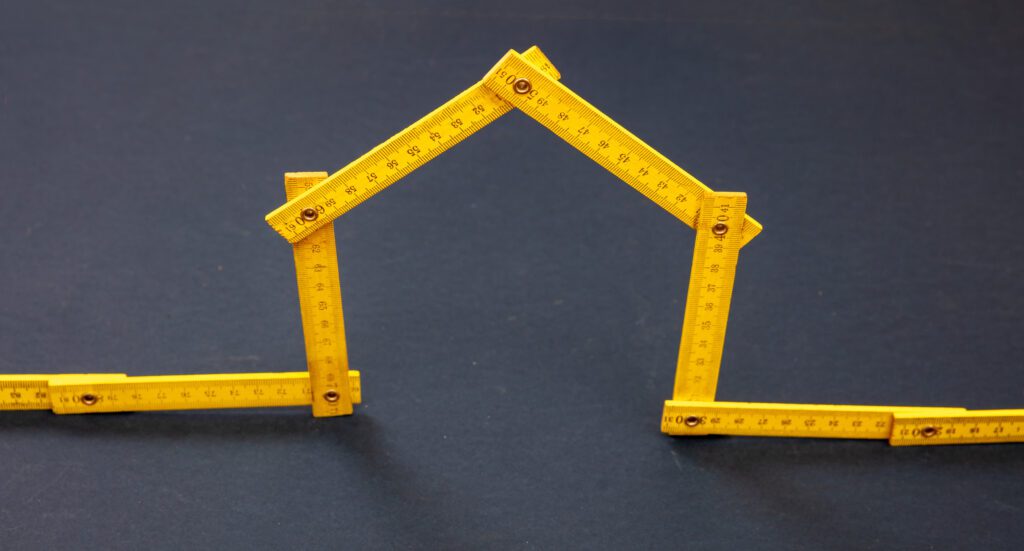Backup Generators for Your Home
Whole-House Standby Generator Installation
When the power goes out due to storms, blackouts, or grid failures, a whole-house standby generator keeps your home running safely and comfortably. With automatic startup and seamless transfer, you don’t have to worry about losing lights, heat, refrigeration, or internet.
At Sermon Service & Electric, we specialize in residential backup power solutions. As an authorized Generac generator provider, we install, service, and maintain the most trusted standby systems in Southeast Idaho.
Professional Generator Services
- Generac Sales & Installation – We install the #1 brand of home standby generators.
- Maintenance & Repairs – Regular service keeps your generator running at peak performance.
- System Sizing – We’ll help you choose the right size generator to match your household needs.
- Transfer Switch Installation – Automatic transfer switches seamlessly switch your home to backup power in seconds.
How Standby Generators Work
Standby generators remain on standby until they are needed. When an outage occurs, your automatic transfer switch instantly powers your home — no manual setup required.
Key Options:
- Standby Whole-House Generators – Always ready, automatically restore power during outages.
- Automatic Transfer Switches – Instantly switch power from the grid to your generator without lifting a finger.
- On-Grid & Off-Grid Solutions – Whether you’re connected to the grid or fully off-grid, we can design a system to fit your needs.
Why Choose Sermon Service & Electric?
- Serving Southeast Idaho for 25+ years
- Licensed, local professionals you can trust
- Full-service HVAC, electrical, and plumbing expertise
- Dedicated to fast, friendly, and reliable service

Average 5-star reviews
Based on 75+ user reviews
Frequently Asked Questions.
You’ll find answers to common questions about our HVAC services. Our aim is to help you understand more about how we can assist with your heating, cooling, and air quality needs.
To wire a generator to a house, you must connect the incoming and outgoing wires according to your generator’s instructions and your electrical system’s schematics. Usually, this is something that you contact a professional electrician for if you don’t feel capable of it. However, the easiest way to do it yourself is to connect the incoming and outgoing wires to a pole in the box, with the instruction “COM” or “COMBO” on them. Then, connect those two wires to your generator’s incoming and outgoing wires and energize them by flipping the appropriate switch in your transfer switch.
Transfer switches are another great way to power your entire home. First, you can connect the incoming and outgoing wires on a home generator using one switch. Generator-to-minus switch: make sure your power is off, then turn the generator on. Then, place it in the “ON” position on the transfer switch when you connect it to your power system. This will make your home power system work like a “normal” house before adding the generator.
When you have a generator for your home, it’s essential to know how to use it effectively. The process is straightforward: ensure your power is off before you hook up the generator, and ensure that the generator is turned off when you’re finished. It’s also important to know how to hook up multiple generators, as well as how to use them effectively.
Home generators need little maintenance and are reliable for months or even years. It’s best to call a professional and have them do it for you to ensure everything is installed correctly and following the manufacturer’s instructions. At Sermon, we install generators for homeowners who want a convenient and reliable power supply. We’ll come to your home and install a whole house generator or set you up with a transfer switch, depending on the needs of your home.
The lifespan of a generator can vary greatly depending on use and care. Generators are rated by hours of usage, with lower ratings for smaller generators. The average lifespan is listed in the instructions in your manual, and it will also tell you when to expect maintenance or when to consider replacing your generator. Be sure to follow the manufacturer’s recommendations accordingly.
The manufacturer’s manual states that generators are typically rated for hundreds of hours of usage. However, it is essential to check the specifications and ensure you know what type of generator you are buying and how it will perform in your area. Suppose you’re unsure about how long your generator will last in your particular situation. In that case, it might be a good idea to call your local fire station or EMTs (Emergency Medical Technicians) and find out what generators they have.
Installing a home generator is easy, especially for anyone with a working knowledge of home wiring. If you don’t feel comfortable installing your own, you can always hire an electrician. We can install the generator for you!
Manufacturers usually include a manual in the box containing information on installing your machines. It should also come with simple electrical schematics on how to hook them up into a power system and will usually have suggestions as to what type of connections and wires should be utilized.
